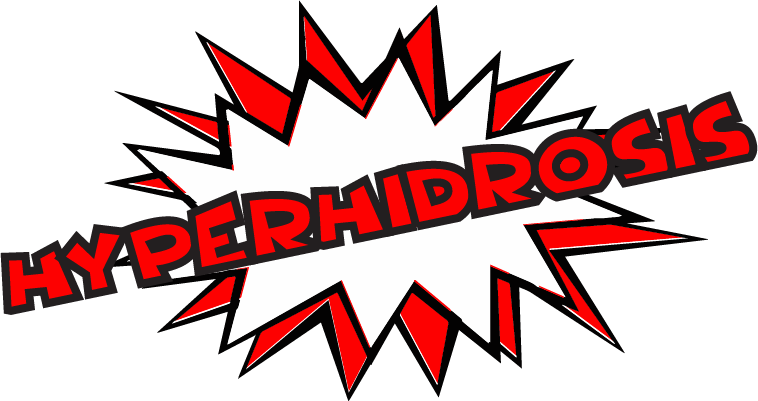About
Hyperhidrosis (hi-pur-hi-DROE- sis) is abnormally excessive sweating that's not necessarily related to heat or exercise. You may sweat so much that it soaks through your clothes or drips off your hands. Besides disrupting normal daily activities, this type of heavy sweating can cause social anxiety and embarrassment.
Affected Areas
-
Generalized
Extreme sweating may occasionally occur all over the body from their face, back, chest, and groin.
-
Palmar-Plantar
Excessively sweating from the palms of the hands and or soles of the feet.
-
Axillary
Sweat is concentrated in the underarm areas and in some cases the shoulder as well.
-
Craniofacial
Uncontrollable sweating above the torso, often times from the top of the head to the entire face.
Types Of Hyperhidrosis
-
Primary
Primary focal hyperhidrosis refers to excessive sweating that is not caused by another medical condition, nor is it a side effect of medications. The excessive sweating is the medical condition itself. This type of sweating occurs on very specific areas of the body (described as focal areas) and is usually relatively "symmetric" meaning that both the left and right sides of the body are affected similarly.
-
Secondary
Secondary generalized hyperhidrosis. This type of excessive sweating is caused by another medical condition or is a side effect of a medication. That’s why it’s called secondary - it’s secondary to something else. Unlike with primary focal hyperhidrosis, people with secondary hyperhidrosis experience sweating on larger or other areas of the body (described as generalized areas).
Causes & Symptoms
-
Overactivity
The symptoms of this disorder develop due to overactivity of certain sweat glands, and attacks may be precipitated by social and/or physical stress. Even if stress can be identified as the precipitating cause, the disorder does not appear to be the result of a psychiatric disturbance.
-
Genetic
Recently, several papers have been published suggesting a genetic origin and transmission of the disorder. many with multiple generations affected with hyperhidrosis.
-
Deficiency
Impaired thyroid function, malfunction of the pituitary gland, infectious diseases, diabetes, tumors, gout, menopause, side effects of certain drugs, and/or excessive alcohol consumption.
Treatments
There are a numbers of treatments currently available for patients suffering from hyperhidrosis. These treatments range from simple oral medications and antiperspirants to more unconventional methods such as Iontophoresis and cosmetic therapy like botox injections. Various surgeries are also available for severe cases.
-
Antiperspirant
A type of deodorant that when applied to the skin can help prevent sweating. Antiperspirants are considered the first line of treatment for excessive sweating of the underarms, hands, feet, and sometimes face. They are called the first line of treatment because they are the least invasive and experts recommend that they be tried first, before other more invasive treatments.
-
Iontophoresis
Iontophoresis is a process of transdermal drug delivery by use of a voltage gradient on the skin. often recommended for people who’ve tried prescription or clinical strength antiperspirants, but need a stronger treatment. For people with hyperhidrosis of the hands and/or feet, iontophoresis treatments has been shown to dramatically decrease sweating.
-
Botox
Turns off sweating at the area where it has been injected. Botox injections are very shallow, meaning that the medicine is injected just below the surface of the skin, where it remains.
-
Surgery
Only after all other treatments have been tried but still found to be ineffective, surgical treatment for excessive sweating may be an option considered by your physician. As there are often side-effects and are irreversible.
Supporting Organizations
- Genetic and Rare Diseases (GARD) Information Center
http://rarediseases.info.nih.gov/GARD/ - International Hyperhidrosis Society
http://www.SweatHelp.org - NIH/National Institute of Arthritis and Musculoskeletal and Skin Diseases
http://www.niams.nih.gov/
